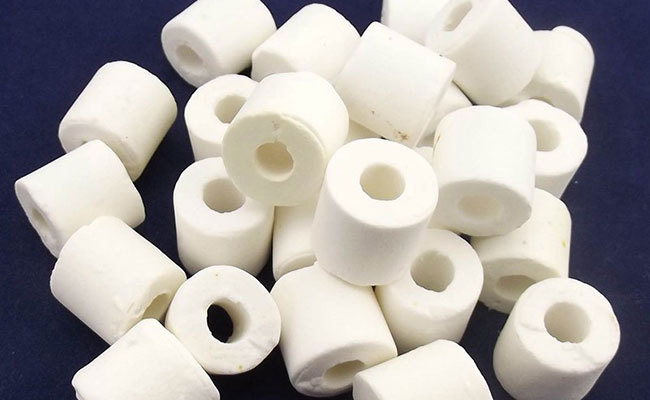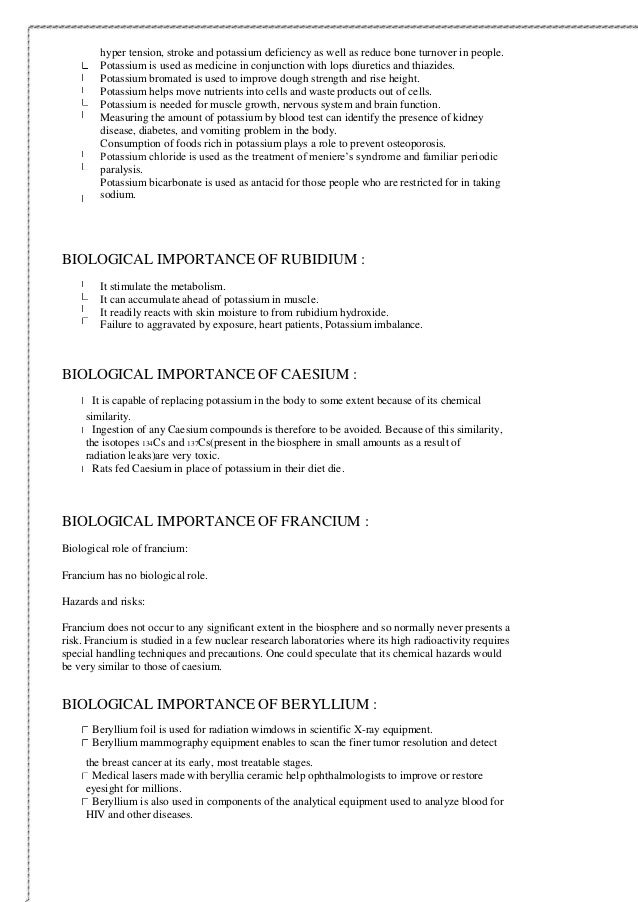As a class of materials bio ceramics can be used in reconstructive approaches as a total artificial replacement for the hip knee shoulder elbow and wrist as bone plates bone screws and bone wires as intramedullary nails to repair fractures harrington rods to correct spinal curvature vertebrae spacers and extensors to correct congenital deformity as a way a fusing the spine to protect the spinal cord alveolar bone replacements mandibular reconstruction dental implants to replace.
Ceramic biological uses.
While we use conducting metals like copper to carry electricity from place to place we have to use ceramics to insulate high voltage electricity in places like power plant generators and transformers.
In surface reactive ceramics such as hydroxyapatite and certain compositions of silicate glasses and glass ceramics are used the materials attach directly by chemical bonding with the bone bioactive fixation.
Bioactive ceramics are also used as coatings on metallic implants.
Ceramics are now commonly used in the medical fields as dental and bone implants.
The modern ceramic materials which are classified as advanced ceramics include silicon carbide and tungsten carbide.
Surgical cermets are used regularly.
Both are valued for their abrasion resistance and hence find use in applications such as the wear plates of crushing equipment in mining operations.


.jpg)

























